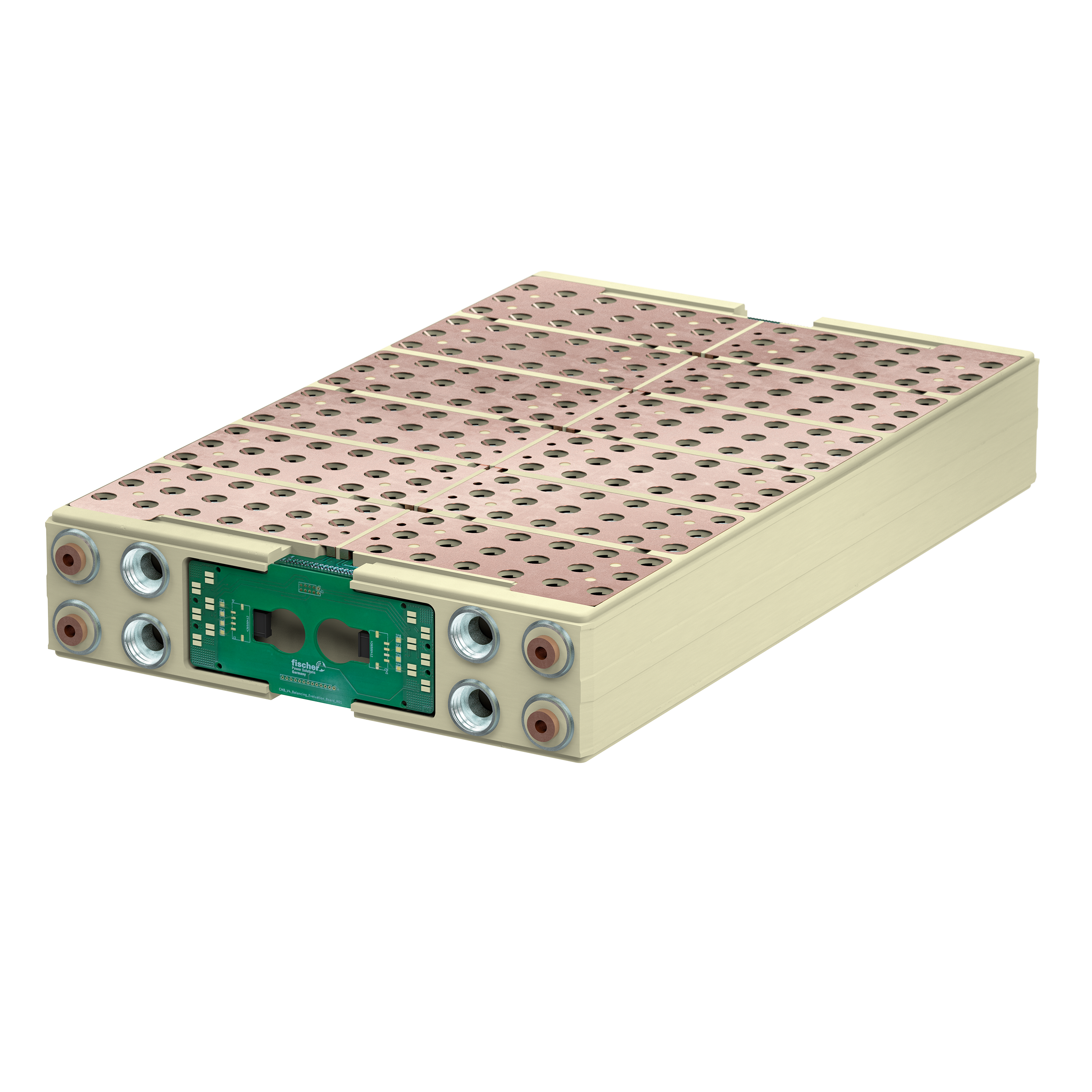BATTERY MANAGEMENT SYSTEM
Optimal monitoring of the system due to the integrated battery management system
The battery management system
A battery management system (BMS) is an electronic circuit used in rechargeable batteries to monitor, control and optimize their operation. The BMS plays a crucial role in the safety, efficiency and service life of batteries, especially in applications with large battery packs such as electric vehicles, stationary energy storage systems and portable devices.
A BMS is essential for the safety and reliability of modern batteries, especially in applications where failures or malfunctions could have catastrophic consequences, such as in electric cars or large energy storage systems. It ensures the safe operation of the battery, extends its service life and maximizes the available energy.

Main features of a battery management system:
- Monitoring:
- Voltage: The BMS monitors the voltage of each individual cell in a battery pack to ensure that no cell is undercharged or overcharged.
- Temperature: It monitors the temperature of the cells to prevent overheating, which can lead to damage or, in the worst case, fire.
- State of charge (SoC): The BMS calculates the current state of charge of the battery to indicate how much energy is still available.
- State of Health (SoH): It monitors and evaluates the overall health of the battery to detect the effects of ageing and wear.
- Protection:
- Overcharge protection: Prevents the battery from being charged beyond its maximum voltage, which could lead to damage.
- Deep discharge protection: Protects the battery from discharging too deeply, which can permanently damage the cells.
- Short-circuit protection: The BMS detects and prevents short circuits that could lead to a dangerous situation.
- Temperature protection: Switches the battery off if the temperature falls above or below the safe operating range.
- Balancing:
- In a battery pack with multiple cells, imbalances can occur wherein some cells discharge or charge faster than others. The BMS uses “balancing” to ensure that all cells are kept at a similar voltage level in order to maximize efficiency and extend the service life of the battery.
- In a battery pack with multiple cells, imbalances can occur wherein some cells discharge or charge faster than others. The BMS uses “balancing” to ensure that all cells are kept at a similar voltage level in order to maximize efficiency and extend the service life of the battery.
- Communication:
- A BMS can transmit data about the status of the battery to other systems or to the user. In electric vehicles, for example, the BMS communicates with the motor control unit to regulate the energy output and inform the driver about the charge status.
- Energy management:
- The BMS can control and optimize energy flows to maximize the performance and efficiency of the overall system, for example by adjusting energy consumption or charging in real time.